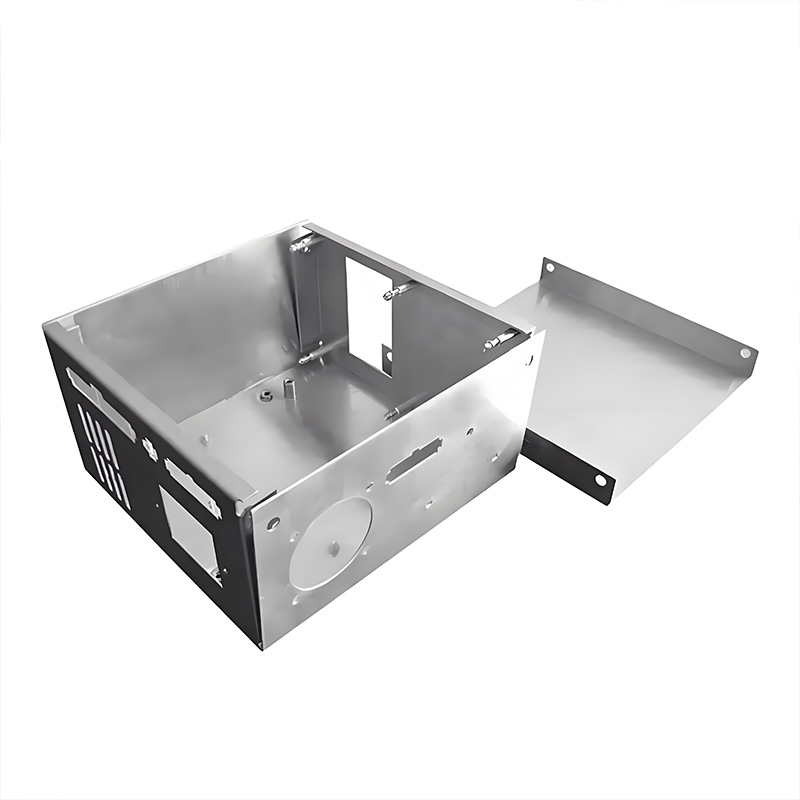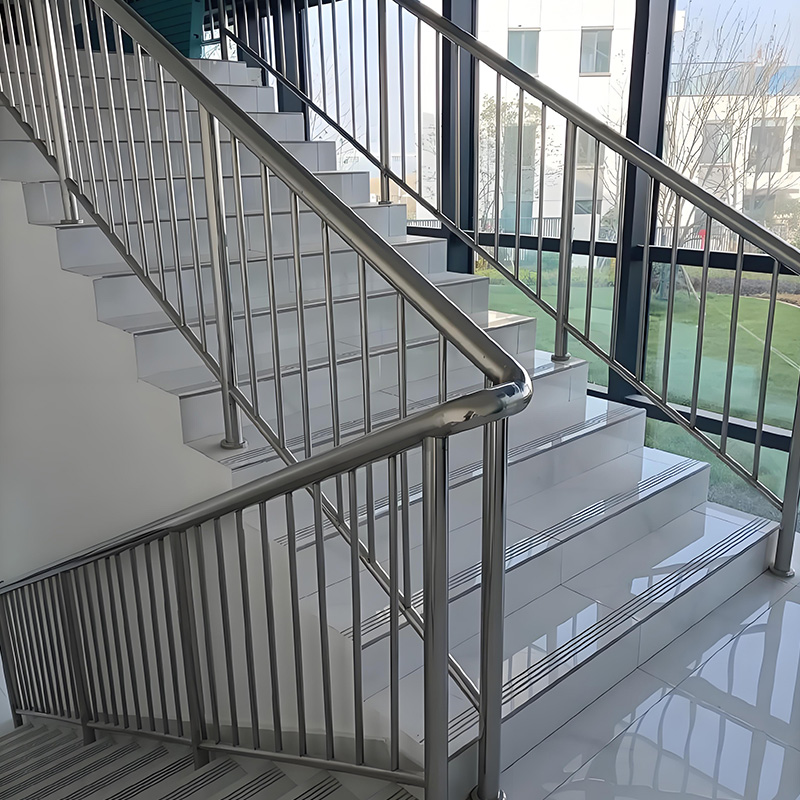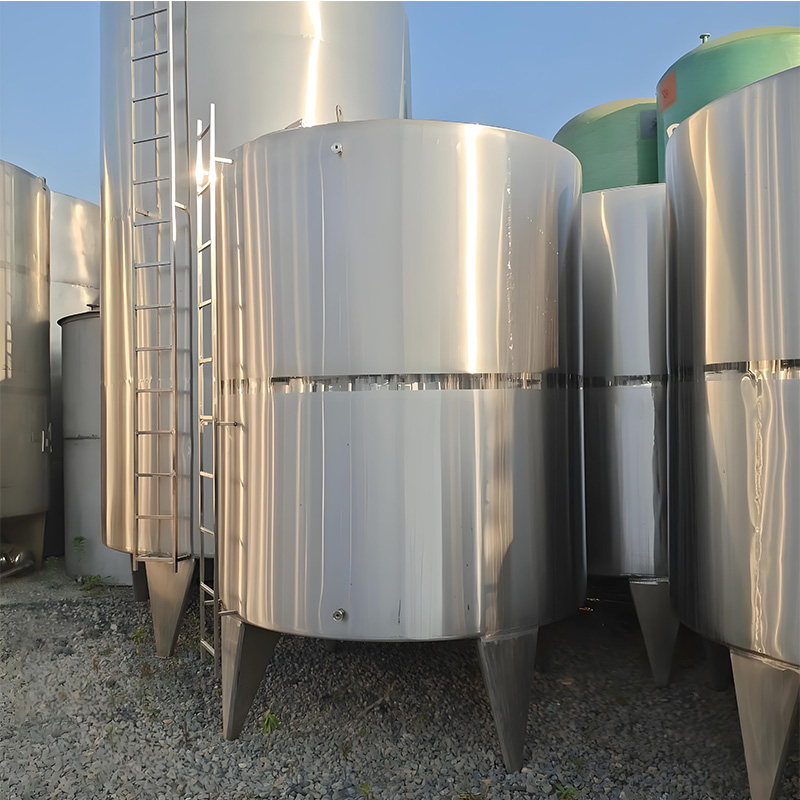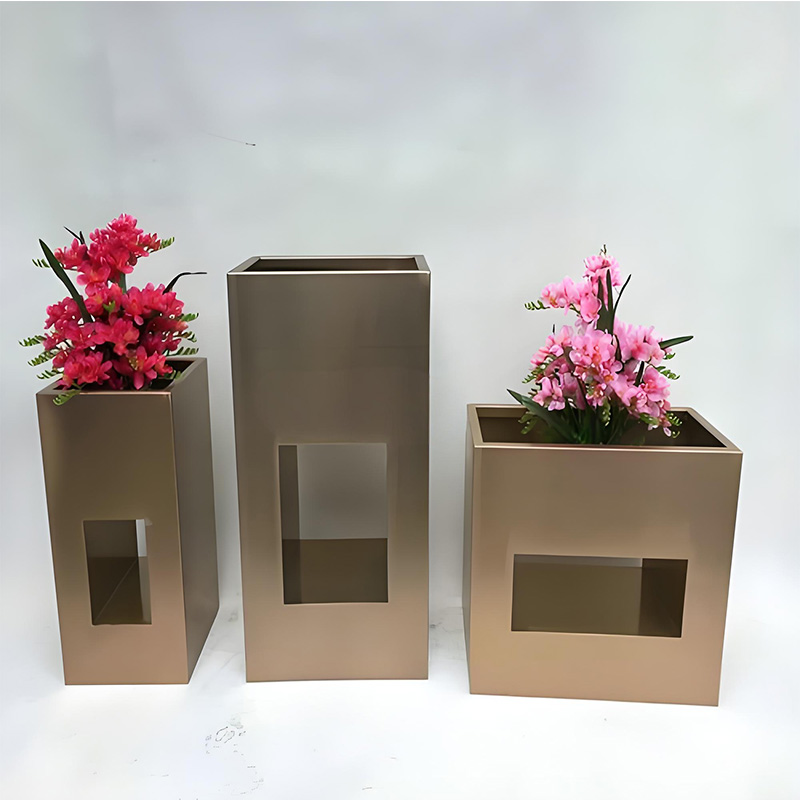Sheet Metal Enclosure Ventilation: 4 Critical Rules
2025/06/04
159 view
Why Ventilation Makes or Breaks Sheet Metal Enclosures
Did you know 42% of electrical failures in industrial settings stem from poor thermal management? Sheet metal enclosures housing sensitive equipment require precise airflow design. Yet, many engineers underestimate ventilation complexity.
Natural vs Forced Ventilation: The 2025 Showdown
| Criteria | Natural Ventilation | Forced Ventilation |
|---|---|---|
| Cost | $0.5/Watt | $2.3/Watt |
| Noise | Silent | 45-60dB |
| IP Rating | IP54 max | IP66 achievable |
Interestingly, our team’s 2025 sheet metal enclosure upgrade project revealed forced ventilation reduced component failures by 67% compared to passive designs (NEMA-2024).
4-Step Ventilation Design Protocol
- Calculate heat load using ASHRAE 20.1 formula:
Q = 1.1 × (Tinternal - Texternal) × A - Position intake vents ≤30cm from enclosure base
- Use louver spacing ratio 1:1.5 (opening:solid)
- Install brush gaskets on all metal casing ventilation openings
⚠️ Warning: Never place exhaust vents downward – this traps 83% more dust according to IEC 60529 tests. Avoid aluminum mesh finer than 12ppi – it reduces airflow by 40%!
Ventilation Checklist for Field Engineers
- ✓ Verify ≥20% free air space in vent areas
- ✓ Test airflow velocity (0.3-0.7m/s ideal)
- ✓ Apply anti-vibration pads to fan mounts
FAQs
- Q: How to balance ventilation and weatherproofing?
- A: Use hydrophobic membranes – they block water but allow air exchange. Our 2023 telecom sheet metal enclosure project achieved IP68 rating with 15CFM airflow.
- Q: Best material for corrosive environments?
- A: 316L stainless steel with laser-cut vents provides both chemical resistance and precise enclosure cooling control.










